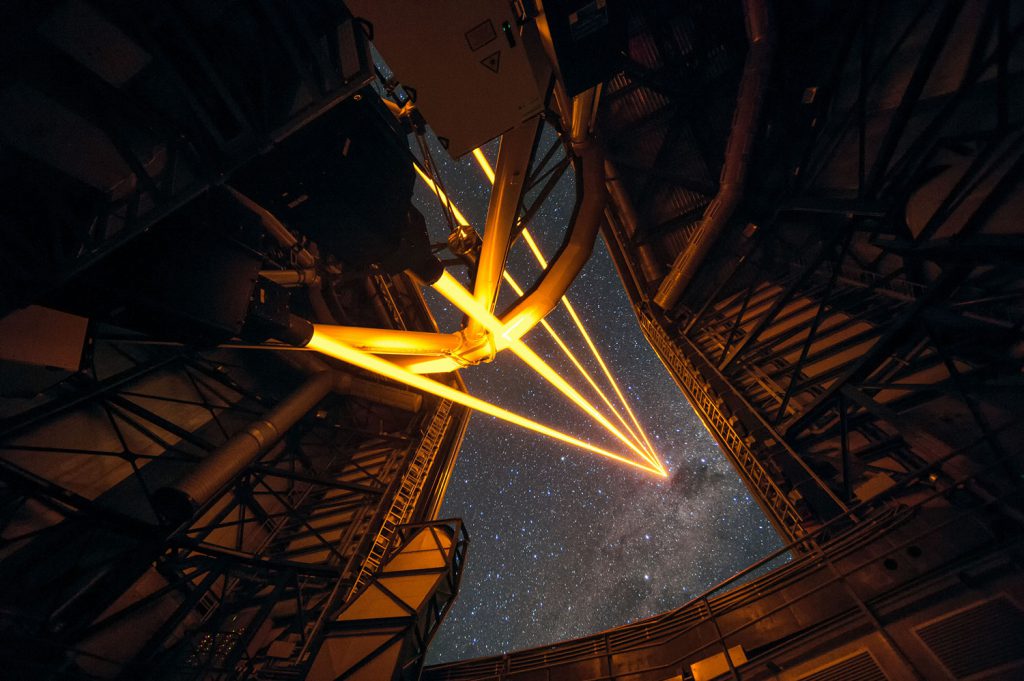High in northern Chile’s Atacama Desert, the European Southern Observatory (ESO) has built several collections of telescopes and observatories on remote, arid mountaintops. The locations are ideal for ground-based astronomy — far from city lights, high above sea level, with more than 350 cloudless days a year. The ESO is an intergovernmental research organization with 15 member states, founded in 1962. It has been making observations from the southern hemisphere since 1966, and continues to expand its facilities to this day. The sites are La Silla, which hosts the New Technology Telescope (NTT); Paranal, home to the Very Large Telescope (VLT); and Llano de Chajnantor, which hosts the APEX submillimeter telescope and the Atacama Large Millimeter/submillimeter Array (ALMA). Construction on the newest project in Chile’s desert—the European Extremely Large Telescope (E-ELT), a 40-meter-class telescope—began in 2014. The E-ELT is scheduled to come online in 2024. Here are some recent images of the ESO’s observatories, the surrounding landscape, and a few of the astronomical images they’ve taken.
Click here for more.

